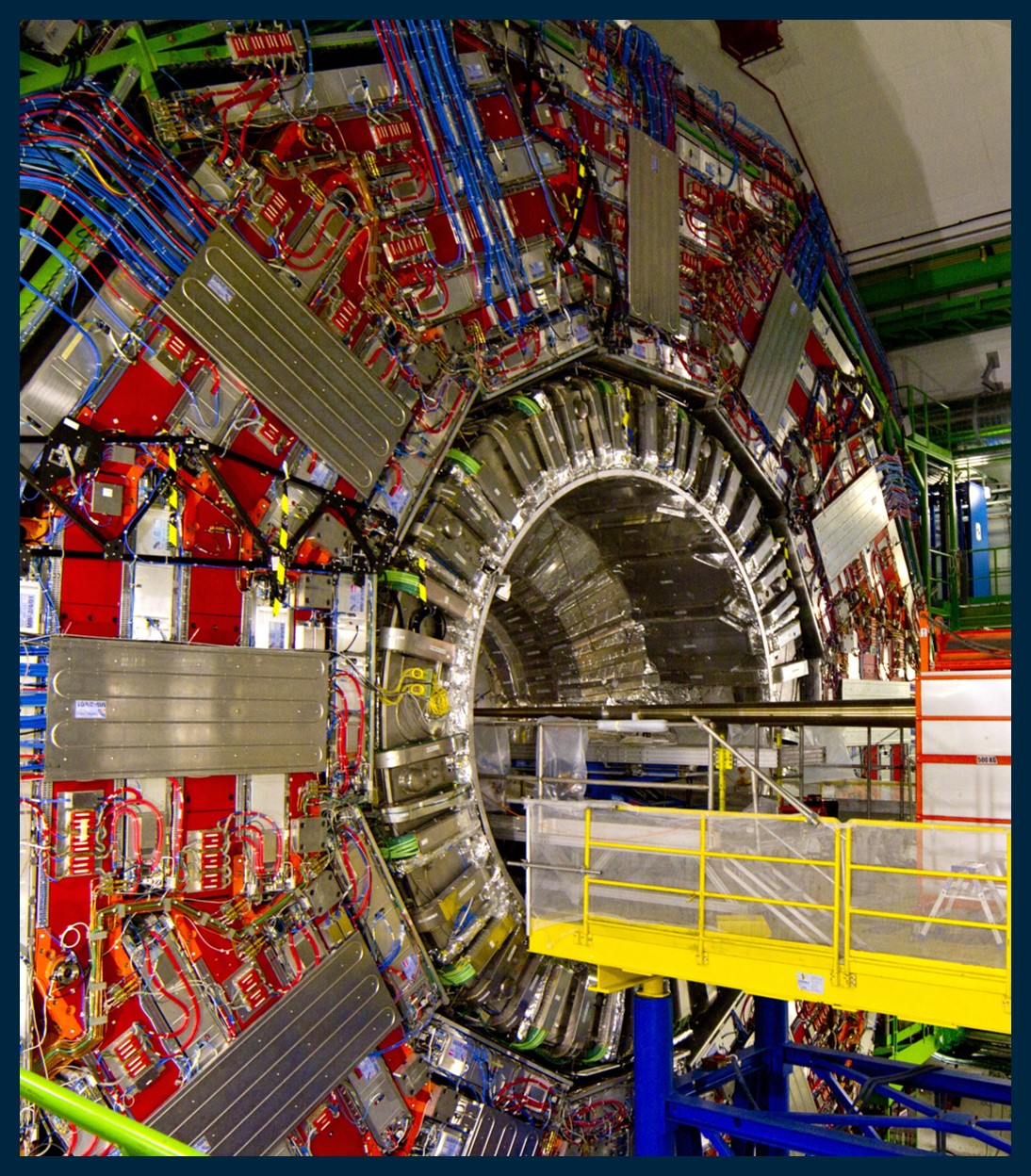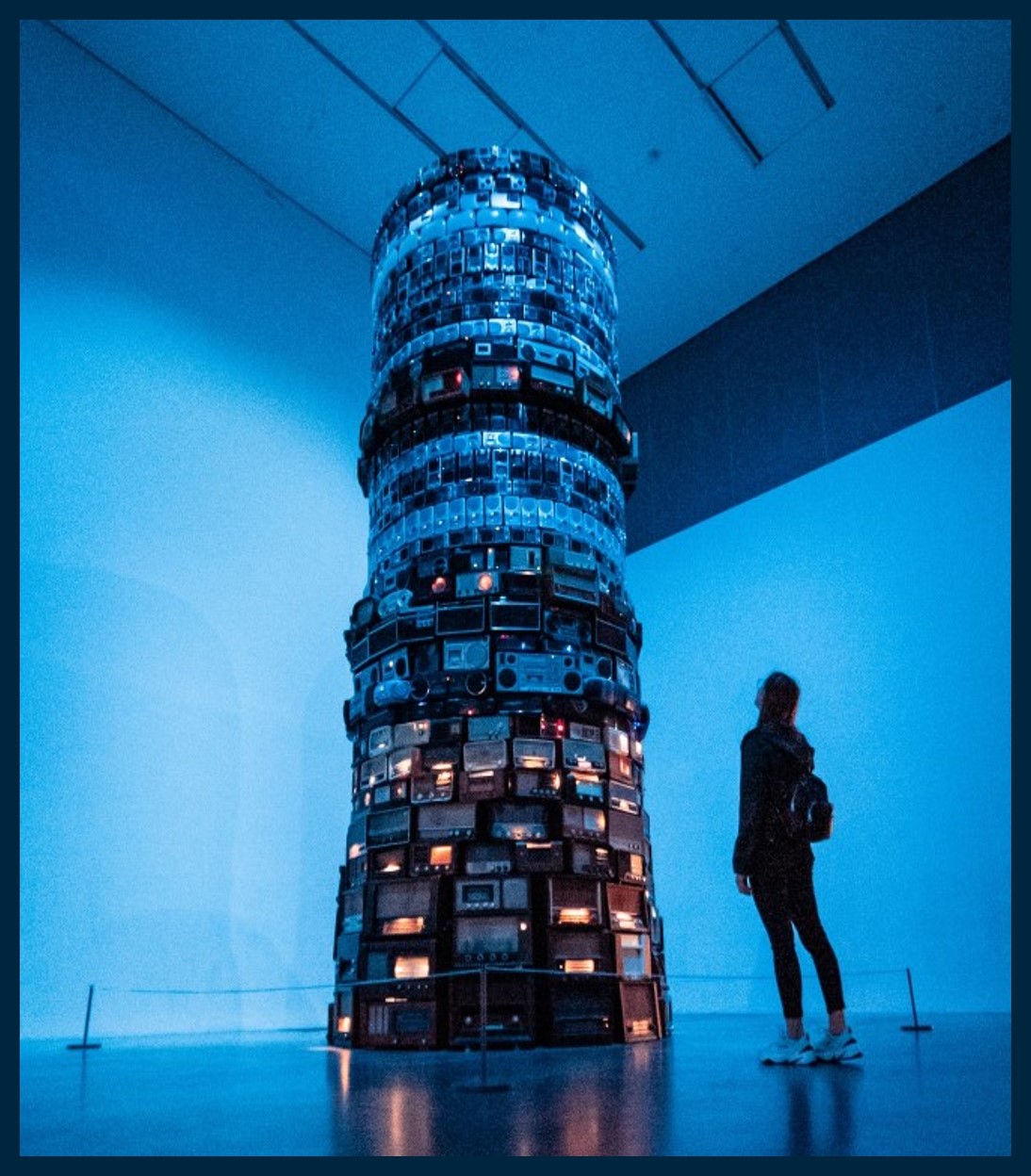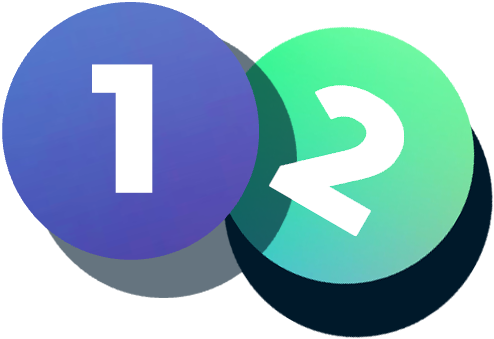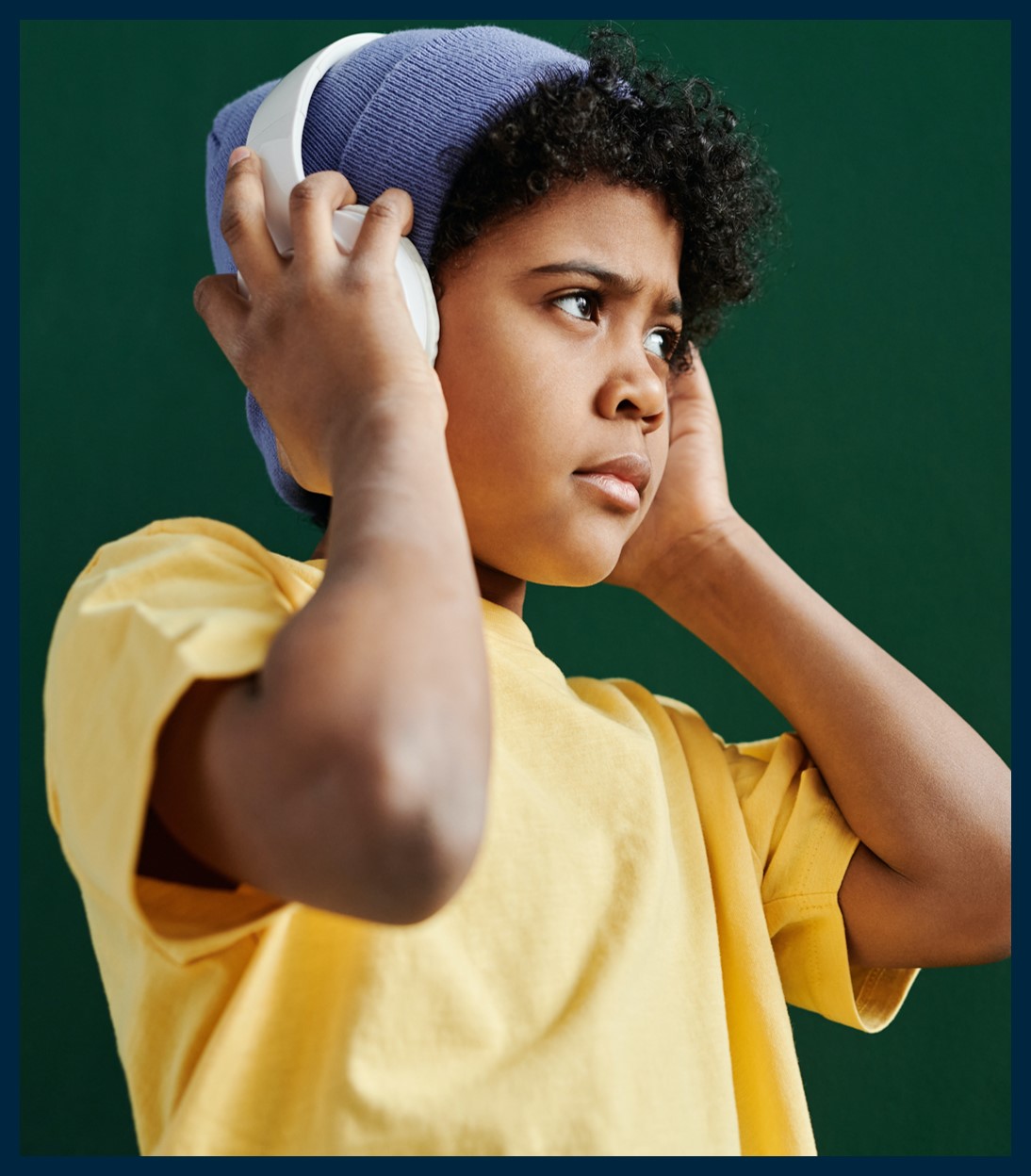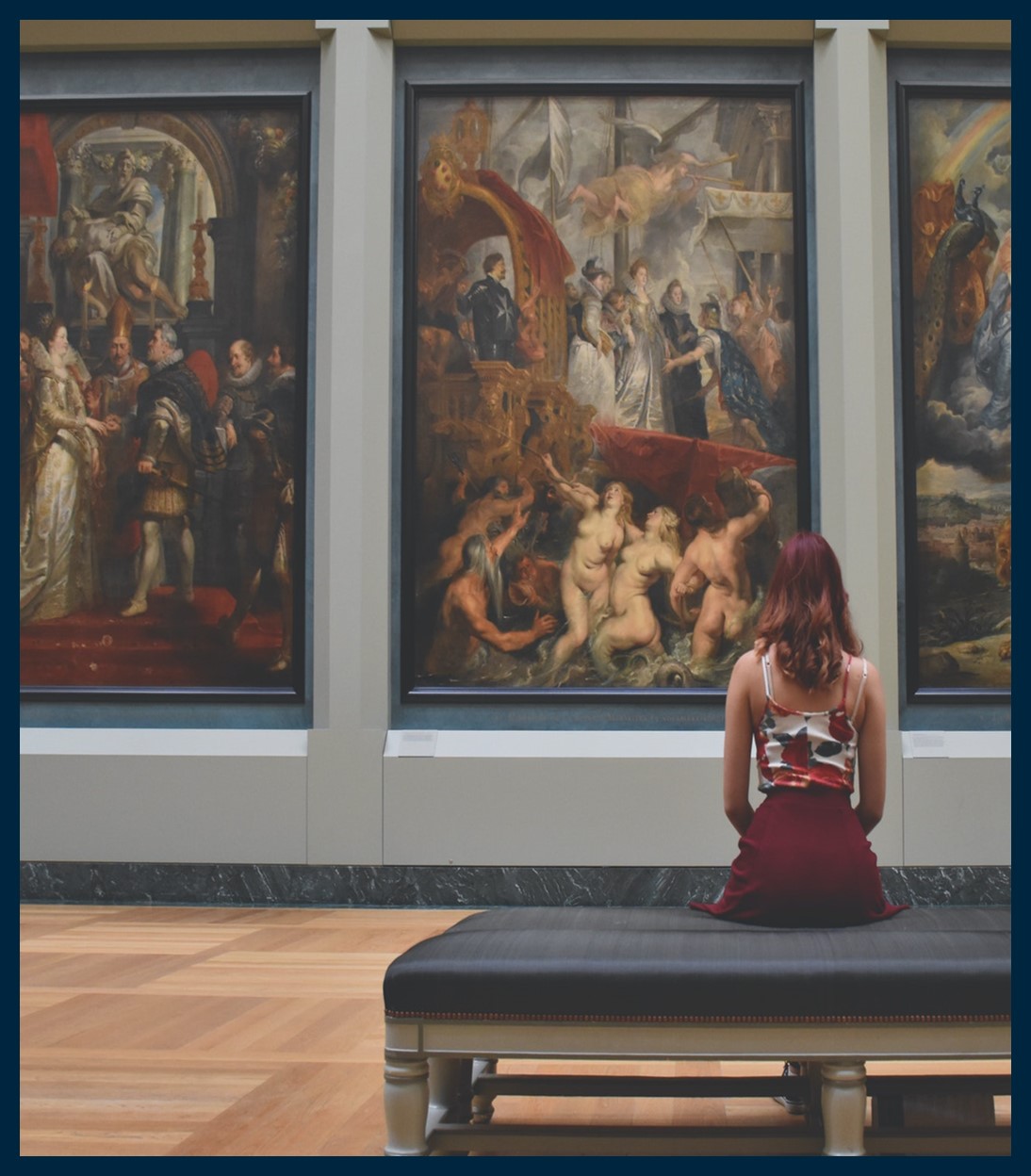
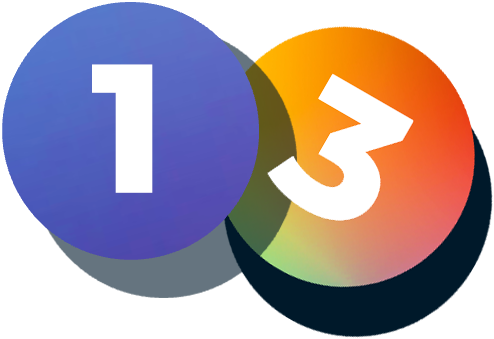
INSIGHT
Instinct
OUTPUT
Social Impact
The consequences of Internet browsing
Keywords: social impact, technology, arts as a way to communicate
Who?
Joana Moll, artist and researcher who critically explores topics as techno-capitalist narratives, internet materiality, surveillance, social profiling and interfaces.
What?
How many trees are needed to absorb the amount of CO2 generated by global visits to google.com every second? Moll answers this question with an artwork that addresses the impact we generate on the environment with our Internet browsing through Google. The artist explores visual strategies that allow making visible the invisible and tries to show the repercussions that our online activity has in a supposedly interconnected world. She interprets complex data and translates it into a graphical visualization that aims to encourage critical action and thinking in an understandable and accessible way for all citizens.
The visualizations aim to encourage critical action and thinking.
Why?
This artwork based on the internet aims to raise awareness of our actions, mainly about the environmental impact of our Internet browsing via Google by interpreting complex data and translating it into comprehensive graphical visualization that aims to encourage critical thinking in an understandable and accessible way for all citizens.
Results
Through visual design the artist explores strategies that seek to activate critical reflections and actions on the use we make of digital communication technologies, showing through graphic representations complex cause-effect relationships that are established between human actions and our natural environments and mediated by the digital world.
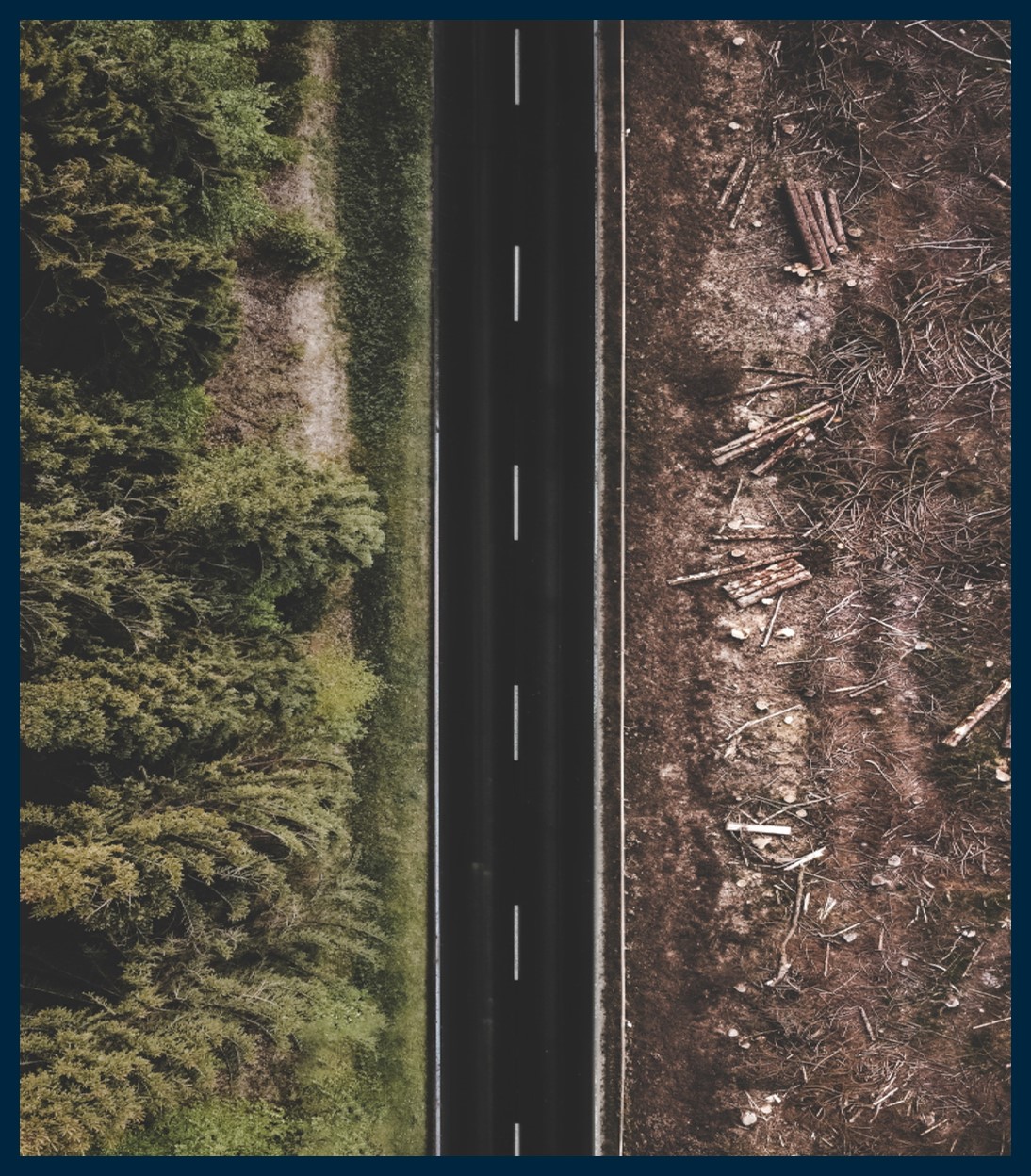
This project is closely related to CO2GLE:
http://www.janavirgin.com/CO2
another work by the artist in which she makes visible the amount of CO2 generated every second in global visits to google.com.
Sources
Moll, J., 2016. About DEFOOOOOOOOOOOOOOOOOOOOOREST. [online] Janavirgin.com. Available at: http://www.janavirgin.com/CO2/DEFOOOOOOOOOOOOOOOOOOOOOREST_about.html [Accessed 25 March 2022].
Moll, J., 2016. DEFOOOOOOOOOOOOOOOOOOOOOREST. [online] Janavirgin.com. Available at: http://www.janavirgin.com/CO2/DEFOOOOOOOOOOOOOOOOOOOOOREST.html [Accessed 25 March 2022].


